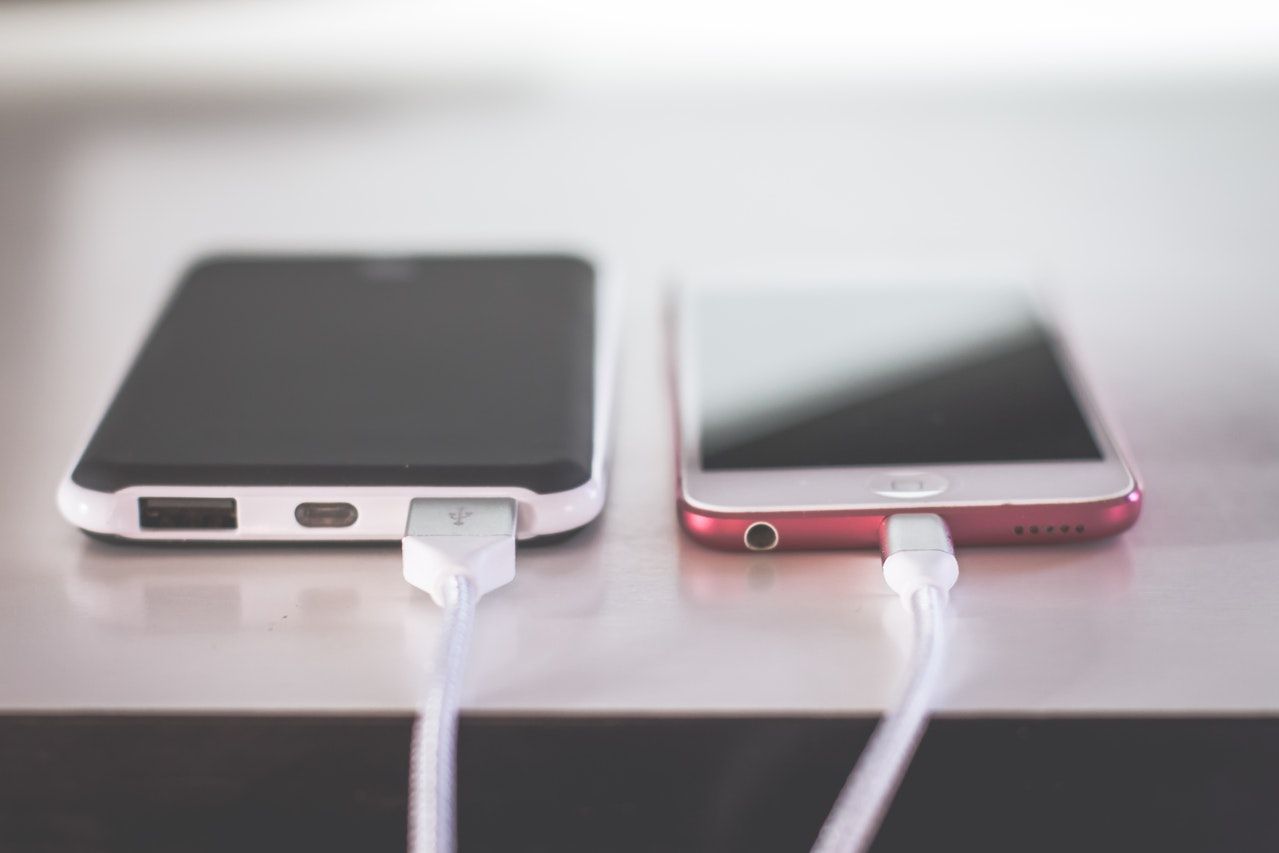
Bringing consumer devices full circle
By Malcolm Johnson, Deputy Secretary-General, ITU
Several United Nations leaders have expressed their concerns about the “tsunami of e-waste” created by the world’s growing stream of discarded electrical and electronic devices.
The International Telecommunication Union (ITU) – as the UN specialized agency for information and communication technologies (ICTs) – clearly has a big role to play in tackling this global challenge, especially when it comes to developing international technical standards. Along with ensuring that equipment from different manufacturers interoperates smoothly, ITU standards strive to reduce energy consumption and e-waste as much as possible.
As I told an Economist Impact panel this week, stemming the tide of e-waste is integral to sustainable development and climate measures – and is something ITU has been striving for over many years.
One of our recent standards, ITU-T L.1470, details the emission-reduction trajectories needed to cut greenhouse gas emissions in the ICT sector by some 45 per cent by 2030, in line with Paris Agreement climate goals. Other ITU standards promote energy efficiency in a wide range of products and systems, ranging from 5G mobile networks to data and telecom centres along with various city and home applications. They also provide guidance on using emerging technologies like artificial intelligence (AI) for environmental efficiency.
Among our best-known standards in this area is the one for the universal mobile phone charger.
You may remember how every new mobile phone came with a unique kind of charger. ITU’s standard, adopted in 2009, has avoided up to 82,000 tonnes of redundant chargers each year and saved over 13 million tonnes carbon dioxide (CO2) annually. ITU has since produced a range of standards for efficient mobile device chargers.
The European Union has built on this with the decision to have new hand-held devices equipped with a common USB-C charging port as of 2024, as part of a series of newly adopted measures to improve energy efficiency and cut down on e-waste.
Other examples of ITU green standards include ITU-T L.1023, with its assessment method for ICT product circularity scoring, and ITU-T L.1031 and ITU-T L.1032, with guidance for countries seeking to establish a sustainable e-waste management system. We recently published a case study on the impact of these standards in Costa Rica.
A new series of ITU standards, currently under development in collaboration with other organizations, will pave the way for a global digital product passport for the circular economy.
The Coalition for Digital Environmental Sustainability launched its “Action Plan for a Sustainable Planet in the Digital Age” at the recent Stockholm+50 international environmental meeting convened by the UN. This Action Plan – a follow-up to the UN Secretary-General’s Roadmap for Digital Cooperation – emphasizes the importance of co-developing digital product passport standards.
We believe that with the right approach, such passports can promote sustainable production and consumption by helping ICT producers and consumers make more sustainable choices and scale up circularity across the entire ICT value chain.
In addition to standardization, ITU has an important advocacy role. For example, we actively promote the business case for equipment recycling.
Digital devices contain rare metals, including gold, silver, and lithium, as well as base metals such as copper, lead, and zinc. There is, in fact, 100 times more gold in a tonne of e-waste than in a tonne of gold ore. Yet the regulatory environment in many countries makes recycling and re-use uneconomical.
Globally, regulation remains weak. ITU is addressing this with policy and regulatory guidance, as well as technical assistance that enables countries to gauge their progress towards a circular economy.
We do this, in large part, through the Global E-waste Statistics Partnership, where ITU joins forces with United Nations University – Sustainable Cycles (UNU-SCYCLE) and the International Solid Waste Association (ISWA) to produce the Global E-waste Monitor. Several regional E-waste Monitors add further clarity on our collective e-waste challenges.
ITU is also a founding member of the E-waste Coalition, which includes 10 specialized UN entities and organizations, and we aim to keep expanding our public-private sector coordination and collaboration to tackle the global e-waste challenge.
Linear economic models are simply not sustainable.
E-waste has become a huge global challenge, fuelled by the rapid growth of today’s digital society and ongoing demand for devices.
Last year, the global personal computer market saw its highest growth in a decade, while global smartphone sales also grew – in both cases despite component shortages. The same period has witnessed a connectivity surge, with the first year of the COVID-19 pandemic seeing the largest growth in the number of Internet users in a decade.
The world, meanwhile, generated a record 53.6 million tonnes of e-waste in 2019, or an average of 7.3 kilogrammes per person. Worse, annual global e-waste generation is on track to reach 74.7 million tonnes by 2030.
This unchecked e-waste tsunami poses a tremendous risk for our environment. It puts lives and health at risk – including those of the millions of women and children working in the informal waste sector and being exposed to high levels of toxic chemicals.
Furthermore, the online activity surge has added to the carbon footprint of ICTs – now one of the fastest growing sectors of the global economy in terms of both greenhouse gas emissions and energy consumption, despite all the sector’s efforts to reduce its energy consumption.
This, of course, is what happens when a throwaway culture meets rising digital demand. But if we manage it in the right way, the daunting e-waste and emissions challenge can present an opportunity. It can and it must.
Based on Malcolm Johnson’s comments in a panel discussion, “Circular electronics—How to make consumer devices go full-cycle,” on 8 June 2022 during The Economist’s 2nd annual Sustainability Week US
Image credit: Steven Johnson via Pexels
